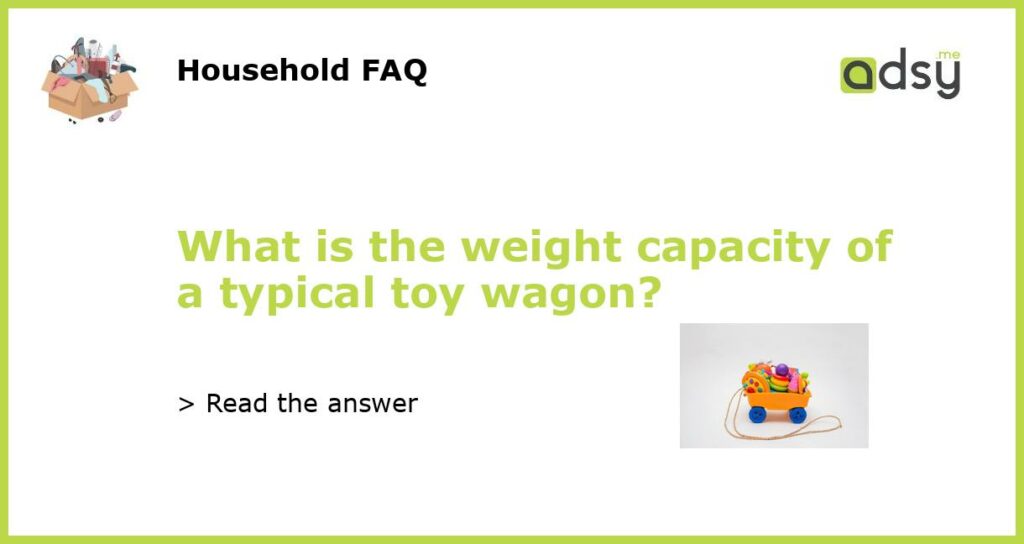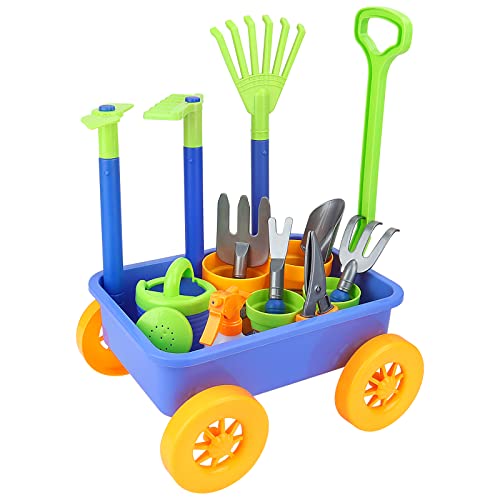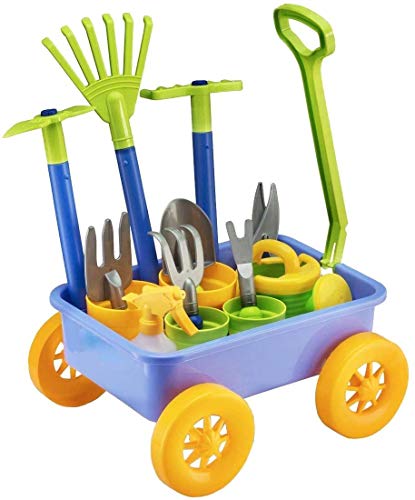What is the weight capacity of a typical toy wagon?
Toy wagons are a popular choice for children’s playtime activities, allowing them to transport their toys, rocks, or even small siblings from one location to another. While these wagons are designed to be lightweight and easy to maneuver, they also have weight capacity limits that should be adhered to for safety reasons. The weight capacity of a typical toy wagon can vary depending on factors such as brand, model, and materials used. In this article, we will explore the average weight capacity of a toy wagon and provide tips on how to choose the right wagon for your child’s needs.
The average weight capacity of a toy wagon
Toy wagons come in a range of sizes and designs, each with its own weight capacity. On average, a typical toy wagon can hold around 50 to 150 pounds of weight. This weight capacity is suitable for carrying toys, books, and other lightweight items. However, it is essential to note that exceeding the weight limit can cause damage to the wagon and pose a safety risk to the child using it.
Factors that affect weight capacity
Several factors can affect the weight capacity of a toy wagon. The most influential factors include the design, materials, and construction of the wagon. Wagons made from sturdy materials such as steel or high-quality plastic are generally more durable and have a higher weight capacity compared to wagons made from lightweight materials like fabric or thin plastic. Additionally, wagons with a solid frame and reinforced joints are better equipped to handle heavier loads.
Choosing the right wagon for your child’s needs
When selecting a toy wagon for your child, consider their age, size, and intended use. If your child is younger and smaller, a smaller wagon with a lower weight capacity may be more appropriate. On the other hand, if your child is older or larger, a larger wagon with a higher weight capacity can accommodate their needs. It is crucial to read the manufacturer’s specifications and recommendations to ensure that the wagon is suitable for your child’s age and size.
Additionally, consider the types of items your child is likely to transport in the wagon. If they are primarily transporting lightweight toys or books, a wagon with a lower weight capacity may be sufficient. However, if your child enjoys collecting rocks or other heavier objects, it may be worth investing in a wagon with a higher weight capacity to ensure it can withstand the added weight.
Tips for maintaining the weight capacity of a toy wagon
To prolong the lifespan and maintain the weight capacity of a toy wagon, there are a few tips to keep in mind. First, avoid overloading the wagon with excessive weight. If the weight limit is exceeded, it can lead to structural damage or cause the wagon to tip over, potentially injuring the child. Second, regularly inspect the wagon for any signs of wear and tear, such as loose screws or torn fabric. If any issues are identified, make the necessary repairs to ensure the wagon remains safe for use. Finally, store the wagon in a dry and secure location when not in use to prevent any damage from environmental factors.






